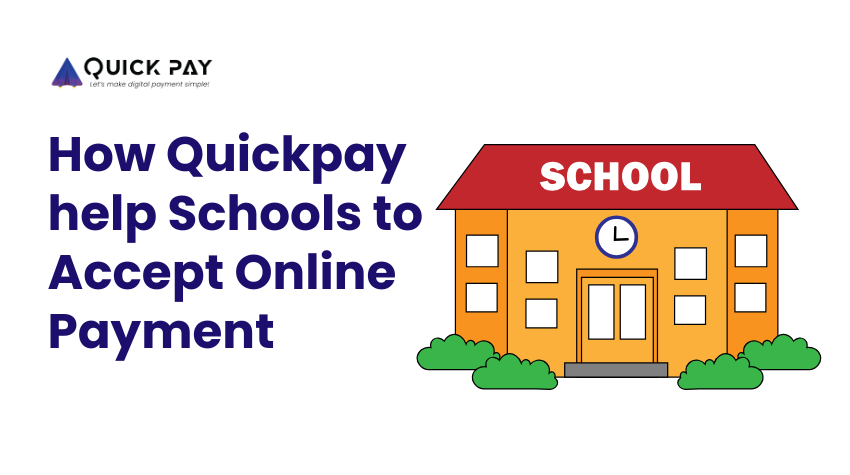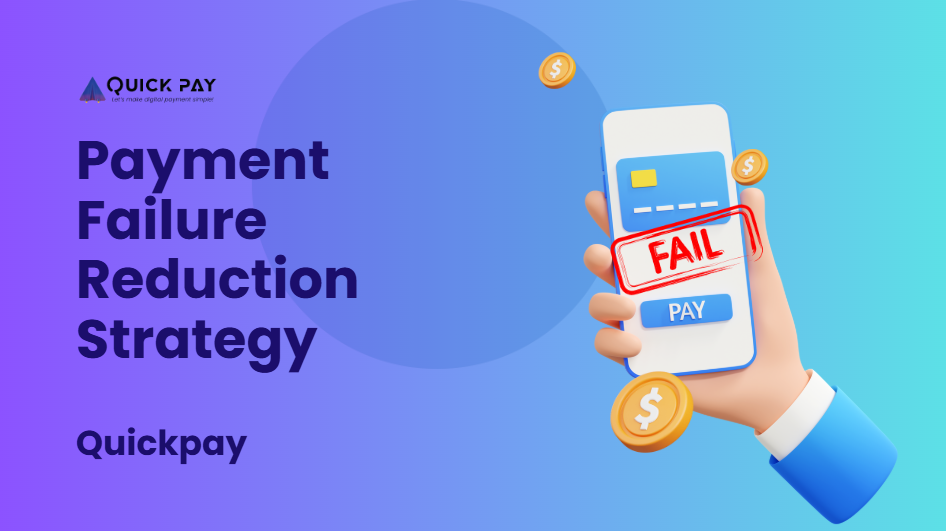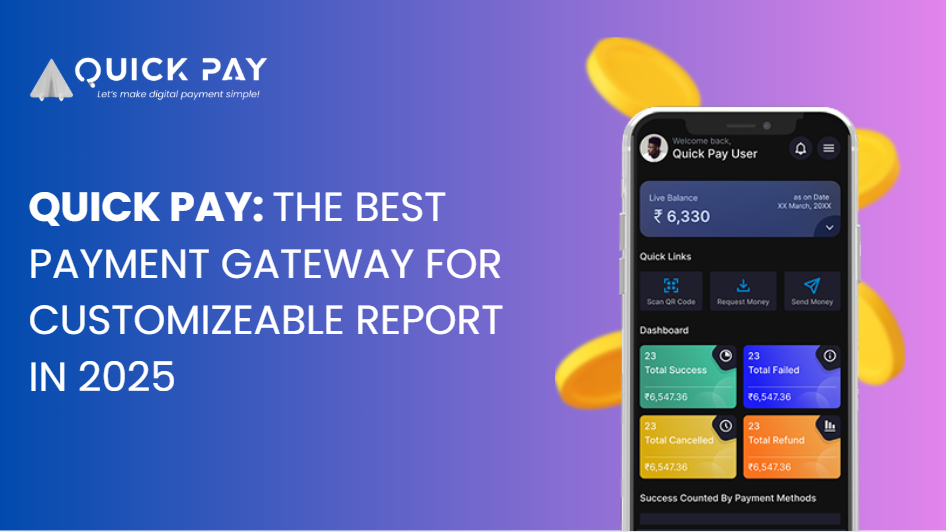Breaking Free from Banking Blues: A School's Digital Payment Revolution
The Daily Banking Battle
Every morning at 7:30 AM, one father would drop his daughter at school and then face his monthly nightmare - paying her school fees at the bank. As a busy software engineer with tight project deadlines, finding time during banking hours felt impossible.
"I'd rush to the bank during lunch break, only to find a serpentine queue of other desperate parents," he recalls. "Sometimes I'd wait for an hour, only to be told their server was down or they'd run out of receipt books."
This wasn't just his story. It was the reality for hundreds of parents at the school in East Delhi. A working mother of two had an even tougher time. "Banking hours are 10 AM to 4 PM on weekdays. I work the same hours! By the time I'd reach the bank, it would be closed, or if I took time off, I'd lose my daily wages."
The Ripple Effect of Banking Dependencies
The school's principal watched this drama unfold every month with growing concern. Parents would arrive at school gates, pleading for extensions because they couldn't make it to the bank on time.
"We had designated our banking partner for fee collection," she explains. "Parents had to physically visit the branch, fill out deposit slips, wait in long queues, and then bring us the bank receipt as proof. It seemed simple in theory, but in practice, it was a disaster."
The problems were endless:
Banking Hour Constraints: Most parents worked 9-to-6 jobs. Banks operated 10-to-4. The math simply didn't work. Weekend banking was limited, and even then, the queues were longer.
Technical Failures: "At least twice a month, the bank's server would crash right when parents needed to make payments," remembers the school's accountant. "Parents would waste entire afternoons and return empty-handed."
Location Challenges: The designated bank branch was 3 kilometers from the school. For parents using public transport or two-wheelers, this meant extra time, fuel costs, and parking hassles.
Queue Nightmares: During fee collection season, queues would stretch outside the bank. Parents would take tokens at 11 AM and get served by 3 PM. Some would give up and return the next day.
The Quarterly Compromise
Frustrated parents started requesting an alternative. "Can't we just pay quarterly instead of monthly?" became the most common question in the principal's office.
"We were forced to introduce quarterly payments," admits the principal. "Parents would save up for three months and then make one big payment. But this created new problems for everyone."
For the school, quarterly payments meant inconsistent cash flow. "We'd go two months with very little fee collection, then suddenly have a flood of payments in the third month," explains the accountant. "It made budgeting impossible. We couldn't plan for infrastructure improvements or staff bonuses."
For parents, quarterly payments meant financial strain. One working mother shares her experience: "Paying ?15,000 once was much harder than paying ?5,000 three times. I had to borrow money from relatives and sometimes even take loans."
The most heartbreaking part was watching children suffer. Some parents, unable to arrange quarterly lump sums, would delay payments. Their children would be marked as fee defaulters, affecting their confidence and participation in school activities.
The Server Down Syndrome
The technical failures at the bank became legendary among parents. One businessman remembers a particular incident: "I had blocked my entire afternoon, driven 45 minutes in Delhi traffic, waited in queue for two hours, and when my turn finally came, the cashier said, 'Sorry sir, system is down. Please come tomorrow.'"
These server crashes weren't occasional hiccups - they were weekly occurrences. The old banking infrastructure couldn't handle the load during peak hours. Parents would plan their entire schedules around fee payments, only to face disappointment.
"Sometimes the server would work for card payments but not for cash deposits. Other times, it was the opposite," recalls another parent. "We never knew what to expect."
The Quickpay Solution
Everything changed when the principal attended an education seminar where she learned about Quickpay's digital payment solutions for schools.
"The concept was so simple, I wondered why we hadn't thought of it before," she says. "Parents could pay fees from anywhere, anytime, using their smartphones. No bank visits, no queues, no server crashes."
The implementation was surprisingly smooth. Within a week, every parent received login credentials for the Quickpay system. The school's fee structure, student details, and payment schedules were all integrated seamlessly.
The Transformation
The first month after implementing Quickpay was like witnessing magic.
The software engineer made his daughter's fee payment while traveling in the metro to work. "I completed the entire transaction in 2 minutes during my commute. No traffic, no queues, no time off from work."
The working mother paid fees at 11 PM after putting her children to bed. "For the first time in years, I didn't have to choose between work and my children's school fees."
The technical reliability was phenomenal. "In six months of using Quickpay, I haven't faced a single server crash or technical failure," reports another parent. "The system works 24/7, 365 days a year."
Back to Monthly Payments
With the convenience of digital payments, parents naturally shifted back to monthly payments. The quarterly system was abandoned within two months.
"When paying became this easy, parents preferred spreading their payments across months," observes the principal. "It was better for their cash flow and much better for ours."
The school's financial management improved dramatically. Consistent monthly collections meant better planning, timely salary payments to staff, and regular maintenance of facilities.
The Numbers Tell the Story
The transformation was measurable:
- Payment success rate jumped from 65% to 99%
- Average payment time reduced from 3 hours to 3 minutes
- Late payment penalties dropped by 80%
- Parent satisfaction scores increased from 6/10 to 9.5/10
- School's cash flow became predictable and healthy
A New Dawn
Today, when new parents join the school, they're amazed by the payment process. "You mean I don't have to visit a bank?" is the most common reaction.
The principal reflects on the journey: "We spent years thinking that banking partnerships were the only way to collect fees. We never realized we were making life difficult for parents and creating problems for ourselves."
The school now uses the time and resources previously spent on managing banking relationships to focus on education quality. Teachers concentrate on teaching, parents focus on their work and family, and children benefit from a stress-free fee payment environment.
The Lesson
Sometimes the biggest problems have the simplest solutions. The school's banking nightmare ended the day they embraced digital payments. What seemed like a complex financial challenge was actually just a matter of choosing the right tools.
As the software engineer puts it: "Quickpay didn't just solve our payment problems. It gave us back our time, reduced our stress, and made school fee payment as easy as ordering food online."
Today, the school stands as a testament to how technology can transform traditional processes, making life easier for everyone involved.
















